The hidden suicide risk among Singapore’s seniors: How to spot the signs and how to support them
Suicide signs such as refusing medication, talking about being a burden, withdrawing from activities they once enjoyed, or saying things like, "I have nothing left to live for", often go unnoticed or are mistaken as a normal part of ageing.
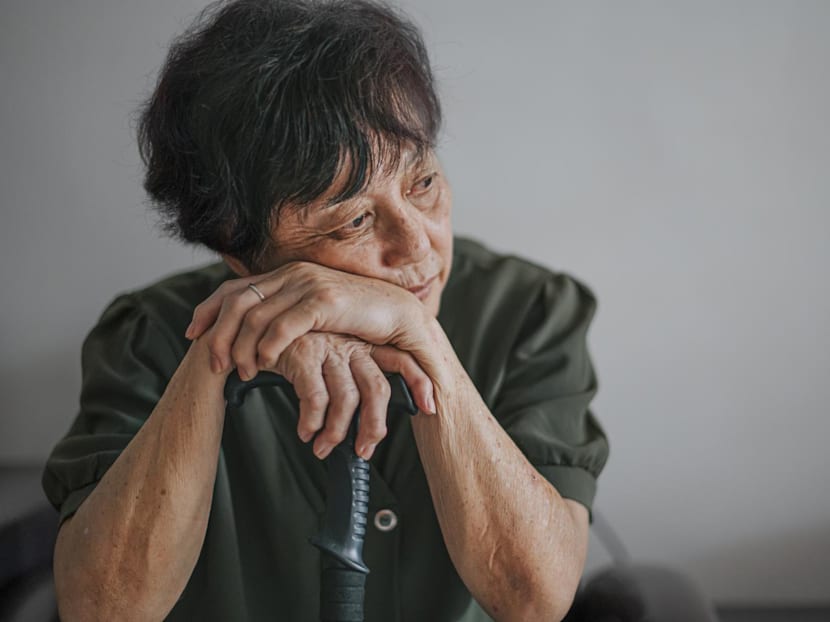
(Photo: iStock/CG Tan)

This audio is generated by an AI tool.
A life lost to suicide is one too many. And even though the Samaritans of Singapore (SOS) recorded a decrease in the total number of suicides in Singapore from 434 in 2023 to 314 in 2024, it is still a sobering statistic that begs the question: Why does it still happen?
Much has been reported about the two prevalent age groups affected by suicide in Singapore: 30 to 39 years old, and 20 to 29 years old, according to the SOS. But when it comes to the next highest age group, they may have escaped our notice: The seniors.
In the latest figures released by the SOS, 14.3 per cent of suicide cases occur among 60 to 69 years old, 9.6 per cent among 70 to 79 years old, and 5 per cent in those 80 years old and above. Unfortunately, suicide among seniors isn’t a recent phenomenon.
“In 2020, during the height of COVID-19, 154 seniors aged 60 and above took their own lives,” said Sam Roberts, the executive director and a counsellor with Olive Branch Psychology. “I understand that it is the highest number recorded since 1991. Although, the numbers eased to 112 in 2021, it is still more than two seniors every week.”
It is worth noting that those numbers do not include unsuccessful suicide cases. What is casting a pall over our seniors’ golden years and driving them to take their own lives?
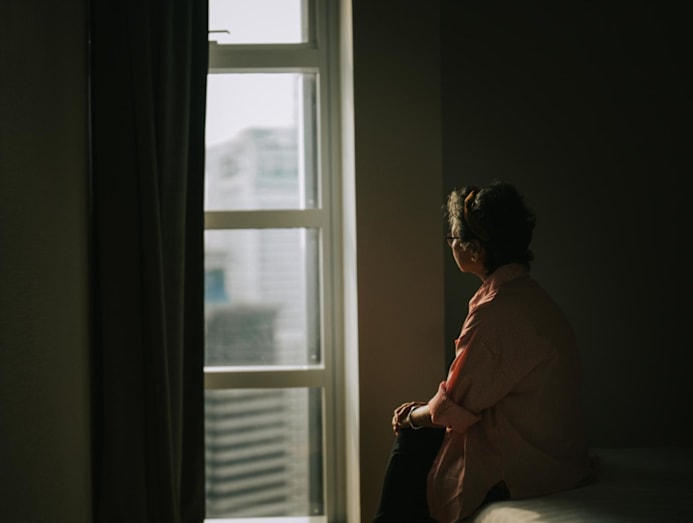
WHY ARE SENIORS TAKING THEIR OWN LIVES?
Often, said Dr Jonathan Ee, a clinical psychologist at HCA Hospice, “senior suicide in Singapore is rarely caused by just one factor”. “It usually arises from a combination of stressors across different domains of life.”
While the elderly are less likely to have financial dependents and career obligations at this stage of their lives, they have another concern: The loss of a sense of purpose, said Roberts, “once they have retired, or have reached a place where they feel there is nothing more to look forward to”.
The other common factors, added Dr Ee, include social isolation and financial difficulties. “They may lack resources to seek help from the community and may have minimal social networks,” he said.
The increasing cost of living and economic uncertainty are other factors sullying their retirement years. “They may face difficulties seeking re-employment, and many not have enough savings to meet their retirement needs,” added Dr Ee.
But the single biggest factor that can topple their fragile house of cards is illness. “Chronic or terminal illness such as cancer could affect their quality of life,” said Dr Ee. “Symptoms such as pain, where it is not appropriately treated, could increase their vulnerability.”
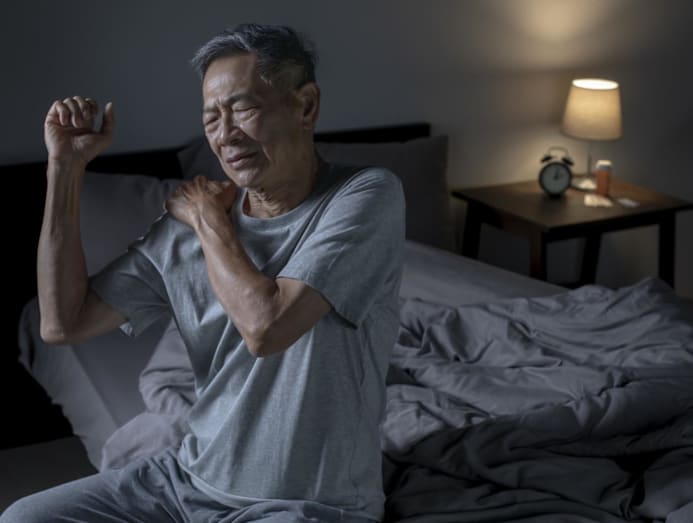
It doesn’t paint a rosy retirement picture when there’s also the double trouble of dementia and depression to consider. Although the number has decreased since 2013, the prevalence of dementia in Singapore is about one in 11 people aged 60 and above, according to the second Well-being of the Singapore Elderly (WiSE) study conducted by the Institute of Mental Health in 2023.
Rubbing salt to the wound is the relatively low mental health literacy among the elderly, pointed out Dr Ee. “Often, mental health conditions such as depression are dismissed as normal ageing, or seniors may not want to seek mental health support due to stigma.”
It also doesn’t help when the elderly hold “unhelpful beliefs such as being a burden to others”, he added, “especially when they are unable to take care of themselves due to their terminal conditions”. “This can negatively impact their sense of self-worth and self-esteem.”
IS SENIOR SUICIDE MORE LIKELY TO OCCUR AMONG THOSE WHO LIVE ALONE?
Many have the impression that senior suicides occur in the under-served communities such as those living alone in one-room, rental HDB flats. But this may only be true to a certain extent. “Senior suicide cases tend to involve individuals with lower educational background, who are reluctant to express their emotional difficulties due to cultural factors,” said Dr Ee.
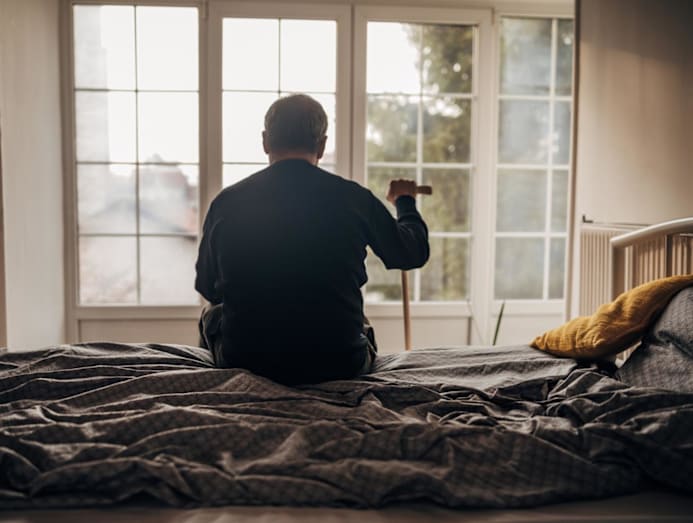
However, he reiterated that this isn’t always the case. “Sometimes, the seniors who died by suicide were living with their spouses and families but were not socially supported. They experience loneliness, face financial difficulties or suffer from physical impairments that contribute to their beliefs of being a burden to others or losing purpose.”
Roberts agreed. “I believe what cuts across is not the housing type but the sense of loneliness, despair and lack of purpose,” he said. “In reality, many who took their lives were still married and were wonderful grandparents.”
WHY ARE THEY RELUCTANT TO SEEK HELP?
“Among my senior end-of-life patients, their reluctance to seek help comes from a mix of factors which often reinforce each other,” said Dr Ee.
He continued: “They often lack knowledge of available services that exist in the community or senior activity centres. Some believe that help is only available at the hospitals, which feels intimidating or costly”.
Then, there’s the strong cultural belief to not “air your dirty laundry” for fear of inviting gossip that they are seeking psychological help, said Dr Ee. “They may sometimes feel that it is a failure on their part, and view seeking help as a sign of weakness or having to trouble others.”
Others may find it inconvenient and/or costly to seek help, especially if they face financial difficulties or have mobility issues, said Dr Ee.
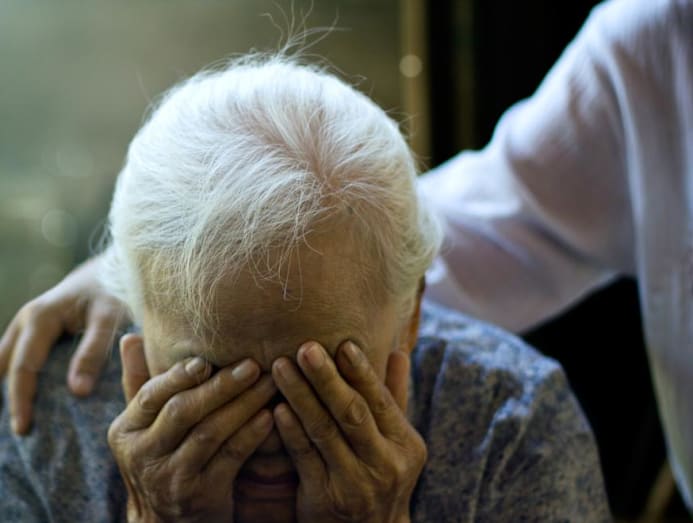
WHAT ARE THE SIGNS YOU SHOULD LOOK OUT FOR?
According to Roberts, the signs are different from those of the other age groups. “The signs are quite subtle and unassuming like refusing medication, talking about being a burden, withdrawing from activities they once enjoyed, or saying things like, ‘I have nothing left to live for’,” he highlighted.
“These signs are quite often missed as they can be interpreted as ‘normal ageing’ or just being stubborn,” he added.
It is a misconception that clinical assistant professor Vanessa Mok, a senior consultant with Changi General Hospital’s (CGH) Department of Psychological Medicine, would also like to dispel. “One of the biggest misconceptions is that these struggles happen to everybody as they grow older,” she wrote on CGH's website. “That’s not true.”
In reality, many who took their lives were still married and were wonderful grandparents.
And sometimes, “the signs are not necessarily sadness, hopelessness, or not wanting to live” but "a physical ailment such as giddiness, headaches, heightened irritability, or a marked change in temperament".
One red-flag situation, said Asst Prof Mok, is when there is a significant change in the elderly person’s life such as the loss of independence, a relationship, or health.
“It could even be a recent surgery such as knee replacement or a cataract operation; it does not necessarily need to be a major one,” she said. “Any sort of change is a point where we need to pay more attention to how they are coping, whether they need more help, and if they need to connect with a healthcare provider for appropriate assessments.”
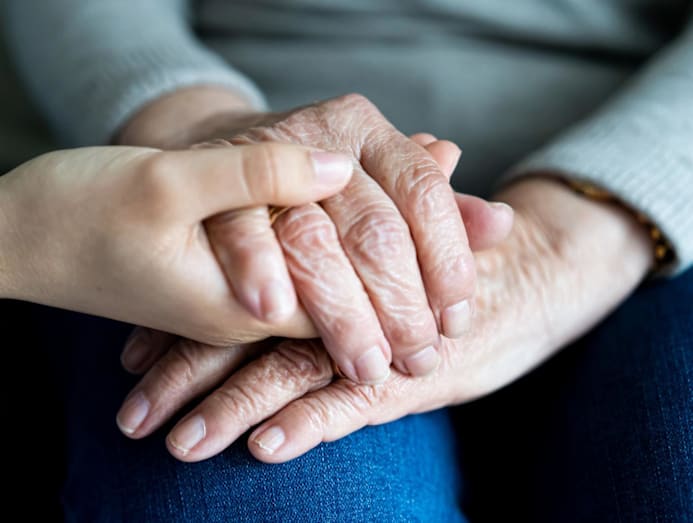
WHAT CAN YOU DO?
“It is important to know that you don’t need to be a professional to help someone,” emphasised Roberts. “It's usually the small gestures of care – like meeting them for a cup of coffee, calling them up for a meal, or taking them for a walk – that will go a long way. It will help break the loneliness.”
Roberts pointed out that “it is important to know that you don't need to fix everything”. “Stay with them, listen without judgment, and don’t dismiss their feelings,” he said. “If you think they might act on it, call SOS at 1767 immediately.”
Volunteer to accompany the senior to visit a nearby senior centre and participate in activities. “Grassroots volunteers could also be activated to look out for seniors who live alone to offer practical help and monitor for warning signs when the suicide risk is high,” said Dr Ee.
Last but not least, give the seniors at home a sense of purpose by encouraging them to volunteer or mentor young people, advised Roberts. “They seem to do much better both physically and mentally. Volunteering with a purpose to build communities and connections will avoid crises and help them be more resilient to challenges ahead.”
Where to get help:
National mental health helpline: 1771
Samaritans of Singapore Hotline: 1767
Singapore Association for Mental Health Helpline: 1800 283 7019
You can also find a list of international helplines here. If someone you know is at immediate risk, call 24-hour emergency medical services.






